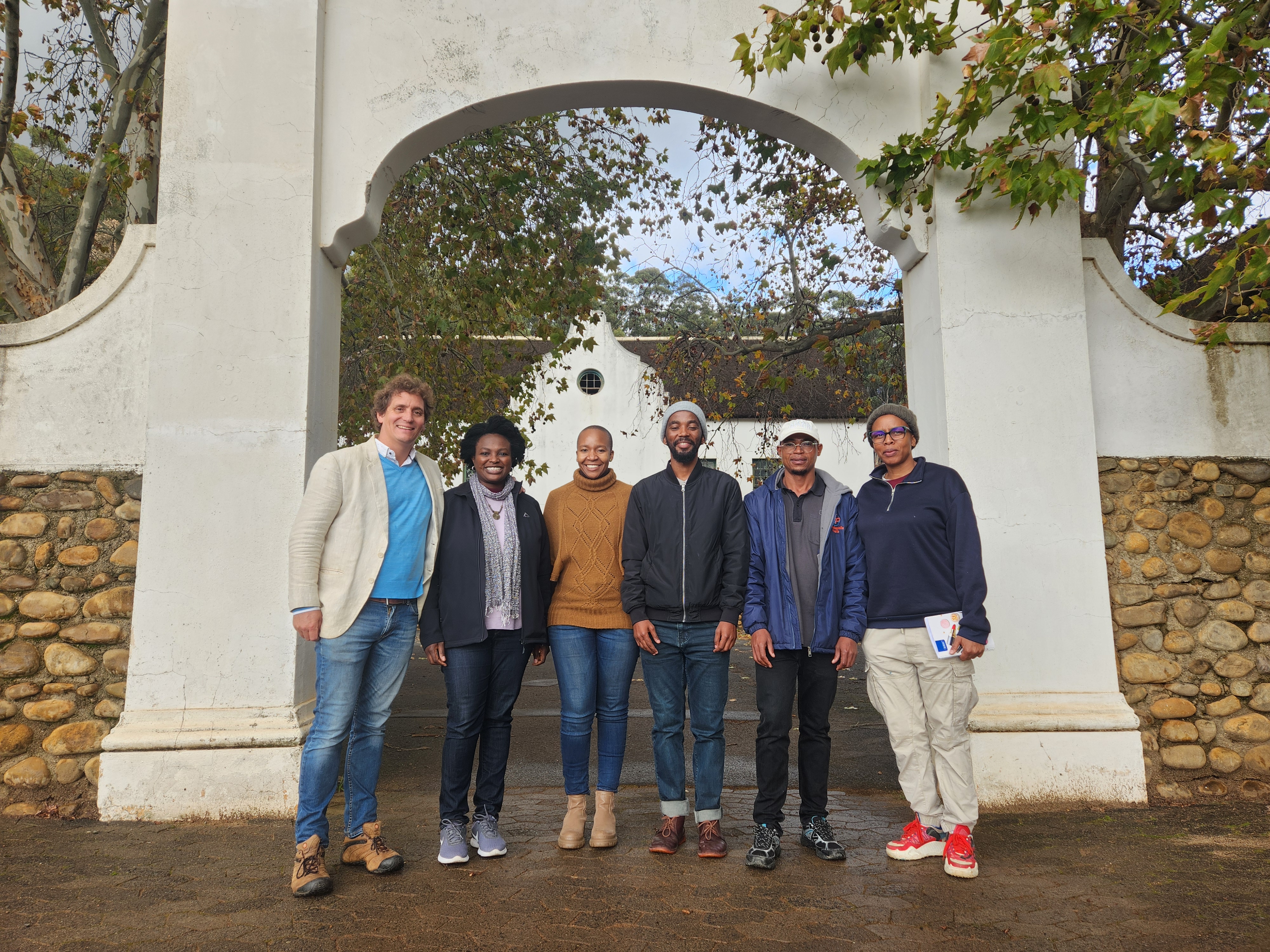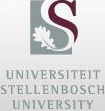Stellenbosch University (SU) will be the first university in South Africa to house a hyperspectral core imaging system thanks to a generous donation from Anglo Gold Ashanti.
The hyperspectral core scanner was set up and operationalised under the auspices of the African Rainbow Minerals Geometallurgy research chair, held jointly by Prof. Bjorn von der Heyden in SU's Department of Earth Sciences, and Dr Margreth Tadie from the Department of Chemical Engineering.
Von der Heyden says they jumped at the opportunity since these systems are usually housed at mining companies and consulting firms, given the prohibitive cost of the technology: “Anglo Gold Ashanti was eager to donate their core scanner to a university such as SU, where it will be used for research and student training," he explained.
From a research perspective, they are excited about the continuous nature of mineralogical data that the core scanner provides: “The machine can scan up to 200 metres of rock core on a daily basis, providing short-wave infrared hyperspectral data (1000 – 2500 nm spectral range) and RGB colour data at a pixel resolution of 0.1 – 2 mm, depending on the selected field of view," he explains.
The resulting spectra provide insight into the relative abundances of minerals like amphibole, tourmaline, muscovite, and gibbsite, among others. Several of these are regarded as alteration minerals, which are important exploration vectors that point the geology team towards the mineralisation of earth's critical mineral resource endowments.
Von der Heyden says it can be used in exploration geology and soil science, and the research Chair is placing a lot of emphasis on developing workflows for use in geometallurgy. Because the large datasets are amenable to application of machine learning algorithms, the ARM research chair in Geometallurgy is also advancing their relationship with the School for Data Science at SU.
Tadie adds: “Because of the scales at which the hyperspectral core scanner operates, it is a great complement to our existing geometallurgy toolkit which comprises micro-analytical characterisation, bulk sample empirical test work, and spatial- and process modelling.
“It is an incredibly robust machine which offers opportunities for students to work at remote field sites. These students will be trained to conduct multi-dimensional systems-type thinking, and will need to think of the mineralogy, chemistry and beneficiation response of the rocks in terms of their diagnostic spectral signatures which change over the spatial scales evaluated," she concludes.

On the photo above: The team from Stellenbosch University and the consulting company TerraCore who operationalised a hyperspectral core imaging system donated by Anglo Gold Ashanti to Stellenbosch University, for research and training purposes. From the left, Prof. Bjorn von der Heyden, Dr Margreth Tadie, Dr Bambesiwe May, Phd student Mawande Ntantiso, Mr Thandikhaya Mxinwa (TerraCore), and Dr Boikanyo Motloba. Photo: Wiida Fourie-Basson

